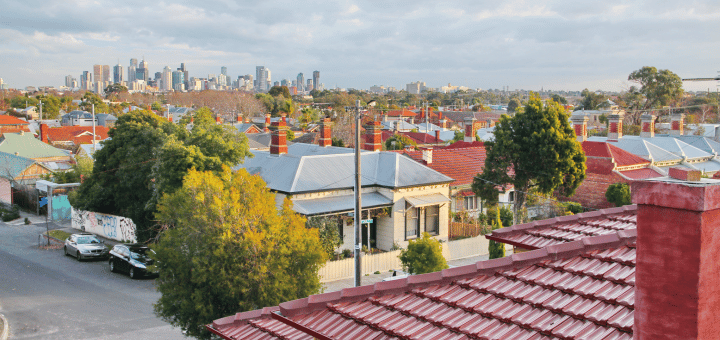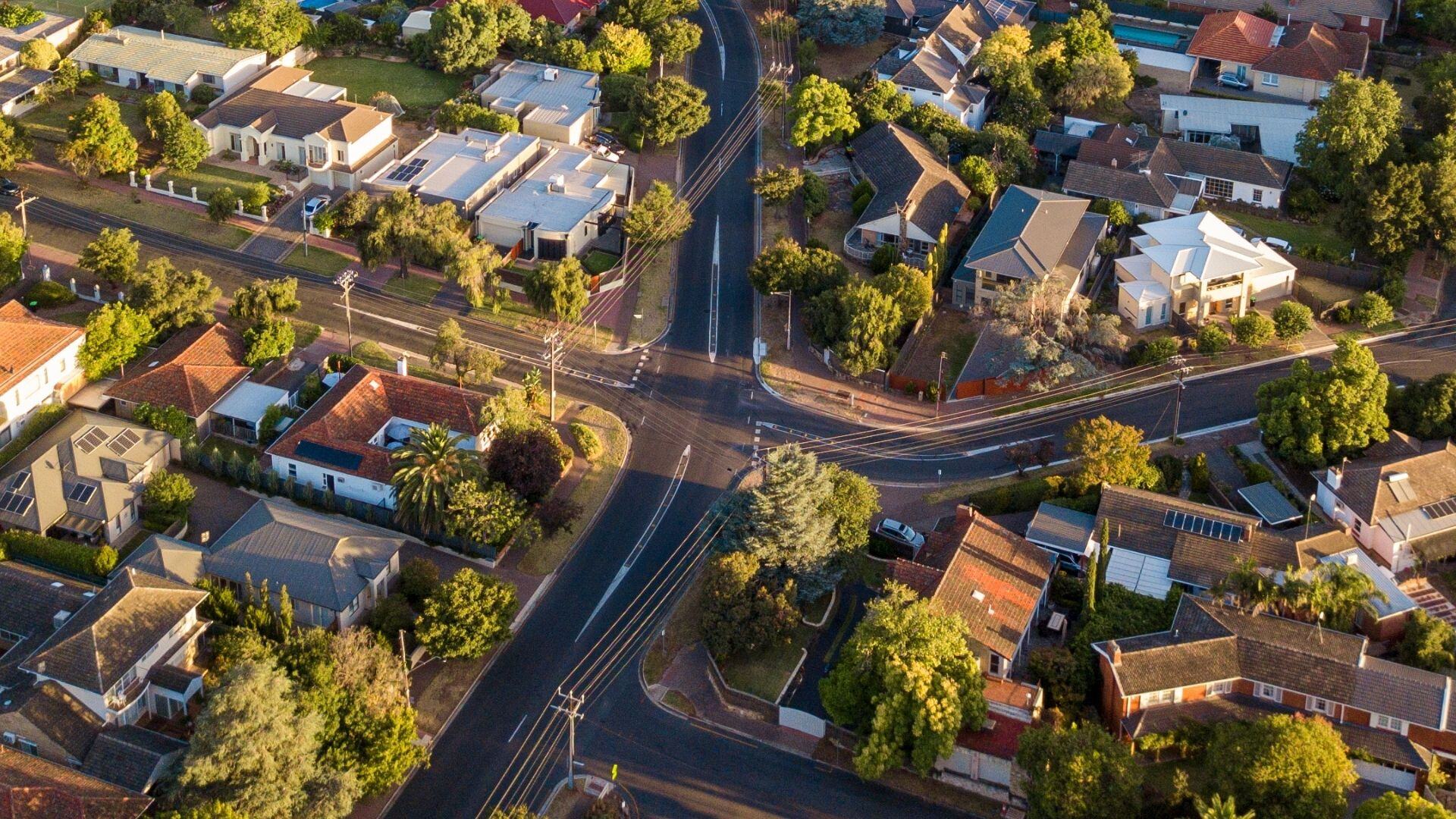Recently the City Futures Research Centre at the UNSW published a blog article that suggested that there was a link between vacant dwellings and rental yields. It concluded that dwelling vacancy rates were highest in desirable areas with lower rental yields and higher capital gains, and this, coupled with government tax incentives, were encouraging some owners to deliberately leave properties vacant. Some very complex issues! However it was the use of vacant dwelling data from the 2011 Census that had me intrigued, particularly the conclusion that the high number of vacant dwellings was contributing to the problem of housing supply, and putting upward pressure on housing prices.
Now I’m not an expert in the intricacies of the housing market and the various tax breaks that one can obtain, but I do know a bit about Census data and I do have experience with Census field procedures. The Census is not only a count of people, but also of dwellings and households. Dwellings are physical structures, and households are dwellings that are occupied. Regardless of location, there will always be unoccupied dwellings, simply because there are many reasons why a dwelling might be unoccupied on Census night. It’s not all about holiday homes on the coast. It’s also worth pointing out that the Census is a “snapshot” of the nation, in that it is measuring people and dwellings at one point in time. That point of time may not be representative of a week, month or year.
There are several reasons why dwellings might be unoccupied on Census night and the most obvious are holiday homes in coastal areas, people who are on holiday themselves (in Australia or overseas), rental properties that are between tenants and vacant houses for sale. We’ve blogged before about the spatial distribution of vacant dwellings, and found that coastal areas of Victoria in particular have very high vacancy rates on Census night, mainly because people aren’t using their homes on a Tuesday night in August. I mean, there’s nothing quite like the icy blast of wind straight off the ocean along Victoria’s coastline in winter, but I digress.
Once upon a time the ABS actually published the reasons why dwellings were vacant on Census night. The 1986 Census data for NSW is shown in the table below – sure the data might be 30 years old but the reasons given still ring true and I suspect they haven’t changed a great deal. Naturally these reasons would differ by location, but the data was only available for States and Territories. There were more than 174,000 vacant dwellings in NSW at the 1986 Census, and around one-third of these were because the resident was absent ie on holidays, travelling for work, or a myriad of other reasons why someone wasn’t home on Census night.
Source: ABS, Census of Population and Housing (1986) (ABS Cat.no. 2101.0)
Vacant dwellings are not a 21st century phenomenon
A simple search through historical Census publications on the ABS website confirms that vacant dwellings have always been a feature of the residential landscape. In 1971, around 8% of all dwellings in NSW were vacant on Census night. Census data published via profile.id shows that since 1991, the proportion of vacant dwellings in Greater Sydney has remained relatively steady, at around 7%. In fact, the proportion of vacant dwellings fell slightly between 2006 and 2011, from 7.4% to 6.9%. In other words, despite increases to the dwelling stock over the last 20 years, the actual proportion of vacant dwellings has remained constant.
While the 2016 Census will provide updated data on vacant dwellings, another potential data source might be the property rates databases maintained by local councils. There have been various housing studies conducted in past years that have used this data to supplement that from the Census. For instance, in 2009 Bass Coast Shire Council in Victoria used their rate payer database to determine the availability of houses for workers on the desalination plant. A University of Adelaide study used rate payer data to determine the spatial distribution of the non-resident ratepayers in several coastal LGAs.
Housing affordability, foreign buyers, negative gearing – they’re all complex subjects than can be highly emotive. But are apartments being bought up with the sole purpose of capital gain rather than rental income and negative gearing incentives? Are vacant dwellings contributing to housing supply issues? The short answer is that unless you interrogate other data sources or conduct qualitative research studies, the answer is highly speculative and potentially based on anecdotes. Yes, the maps do show an interesting spatial correlation between vacant dwellings and areas of low rental yield/high capital gain. Perhaps “resident absent” includes property speculators who deliberately keep dwellings vacant, but in the end there are just too many reasons why a dwelling might be vacant on Census night to attribute it all to taxation incentives.
.id is a team of population experts, who use a unique combination of online tools and consulting to help organisations decide where and when to locate their facilities and services, to meet the needs of changing populations. Access our free demographic resources here.
You may also wish to learn more about our housing planning expertise here.









